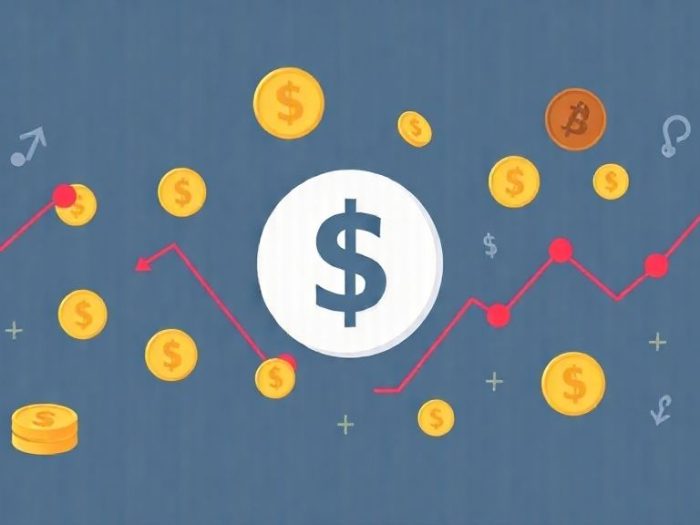Markets don’t move in isolation. Many assets are linked through correlation — meaning when one moves, another is likely to follow. Understanding these relationships helps traders avoid doubling their risk, spot diversification opportunities, and even predict moves before they happen.
This guide will show you how to use correlation to make smarter trading decisions and manage your portfolio effectively.
What is Correlation in Trading?
Correlation measures how closely two assets move in relation to each other. It’s expressed on a scale from -1 to +1:
| Correlation Value | Meaning |
|---|---|
| +1 | Perfect positive correlation (move together) |
| 0 | No correlation |
| -1 | Perfect negative correlation (move opposite) |
Examples of Common Market Correlations
- EUR/USD vs. GBP/USD: Often positively correlated.
- Gold vs. USD: Typically negative correlation — when USD rises, gold tends to fall.
- Bitcoin vs. Tech Stocks: Increasing positive correlation during risk-on environments.
How to Use Correlation in Trading
1. Avoid Overexposure
If you open multiple trades on highly correlated assets, you’re effectively betting on the same move — doubling risk without realizing it.
2. Spot Leading Indicators
Sometimes one asset moves first. For example, a sharp drop in oil might signal upcoming weakness in CAD (Canadian Dollar).
3. Hedge Using Negative Correlation
Trade assets that typically move in opposite directions to balance risk.
Best Practices
- Regularly check correlation matrices to understand current relationships — correlations change over time.
- Be cautious when stacking trades in forex pairs or sectors that move together.
- Use correlation to diversify, not accidentally concentrate your risk.
Example: Correlation Risk Management
If you’re long on both EUR/USD and GBP/USD, recognize that if the USD strengthens, both trades could lose simultaneously.
How LogicINV AI Manages Correlation for You
LogicINV AI helps traders by:
- Monitoring live correlation data across assets
- Alerting when your open positions are overly correlated
- Suggesting diversification or hedge opportunities based on market conditions
Summary
- Understanding correlation prevents hidden risk and improves portfolio balance.
- Use it to avoid overexposure, anticipate moves, and hedge effectively.
- Let AI track shifting correlations so you stay protected and optimized.
➡️ Next Up: Correlation Mistakes That Increase Risk (Module 4.5E)
Trade smarter, not riskier. Use LogicINV AI to manage correlation and protect your portfolio. Start your free trial today!



